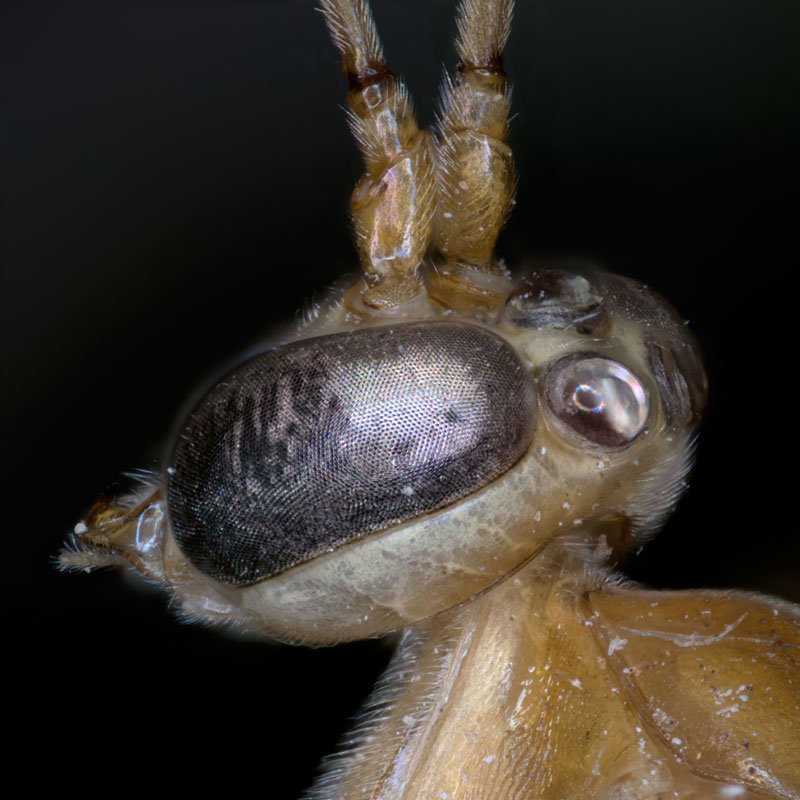I've done very little focus stacking. I am looking forward to trying some focus stacks with the Actus. If there are three ways to do this:
- Keep the sensor in the same place; refocus lens helical (std focus stack)
- Keep the lens/sensor distance constant; move the whole camera (a focus rail)
- Move the sensor back and forth; keep the lens in the same place (Actus or other view camera)
Am I correct in thinking the only way to keep perspective constant is #3? Magnification changes, but not perspective...? So, if the stacking software does a reasonable job resizing the images during alignment would the ghostly edges between objects be improved? For example, edges of fern leaves layered on top of each other.
Dave
The short answer is not quite. The following is a longer answer.
What we have not discussed here is the scale. If you take the second method and you are focused on infinity, how far do you have to move the camera/lens to focus on the area 10 feet in front of the camera? If you are focused at 100X, how far do you have to move the lens toward the object to focus closer. In both cases, the situation is impossible. Basically, object to lens distance and lens to image distance are conventions, but those two measures are simple conjugate planes whose relationships hold regardless no matter what is an object or image.
Lets assume a normal view camera lens and not an internal focus lens (IF lenses change focal length to focus, which makes this more complex).
The first and third situation is good for far distances like landscape. Magnification nor perspective is not going to change very much in terms of the distance changing during focus. (Linear perspective is a ratio between camera and object distances and the slight movement in the change in distance through focusing is not going to have any significant change in the ratio.) With extreme magnification, starting around 1:1 and greater, situation two tends to be better than one because moving the lens to focus closer becomes too extreme and at some point impossible. The third situation is actually good for close subjects as moving the image plane to change focus distance requires less travel. But because magnification is still changing, the effective perspective when the stack is combined with not be normal as the near and far slices of the stack will not be at the same magnification (magnification will change their size relative to the ratio given by the camera to object distance). How this actually effects the perception of the image is probably insignificant as the scale of landscapes does not impact the ratio to any degree and with close subjects a viewer has a perspective that is unfamiliar. The most important thing is it "appears" natural.
If you are using a view camera, I completely agree that focusing with the back is universally the best practice, regardless of the scale. I would use that technique until scale becomes so small where I need to move the entire camera to stack (or I have evidence it does not give acceptable results). Focusing from the back simplifies the setup as you don't need an intermediate mechanism to move the camera and can use a fixed mount.





